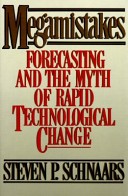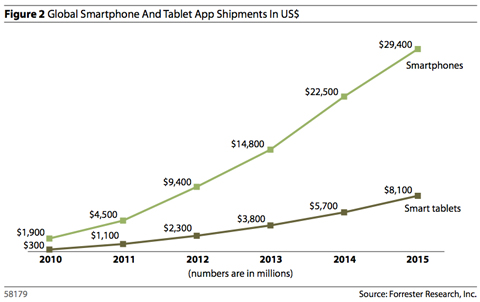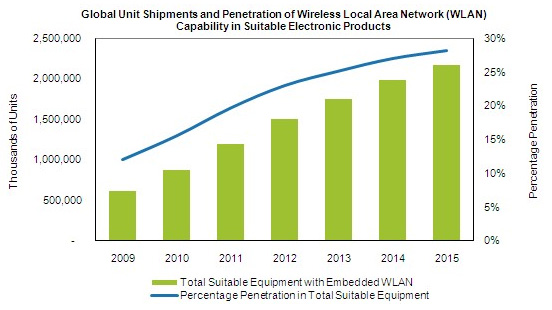An adage is a short but memorable saying which holds some important fact of experience that is credible through its long use or broad endorsement. Somes adages are interesting observations, practical or ethical guidelines, or skeptical comments on life; ohers are products of folk wisdom. When engineers or behavioural scientists coin them, they are often called “laws” in imitation of physical laws, “rules” or “principles.
Some of the adages that I grew up with, like Peter’s principle, Parkinson’s law, Hofstadter’s law and others, are endangered species with younger generations, despite their ability to provide well-targeted and often humorous explanations of everyday situations and “facts of life”. To avoid extinction, this post is a collection of adages that I like. Have fun!
Parkinson’s Law: Work expands so as to fill the time available for its completion
articulated by Cyril Northcote Parkinson in the book Parkinson’s Law: The Pursuit of Progress (1958). He derived the dictum from his extensive experience in the British Civil Service where he finds that the number of employees inside a bureaucracy rose by 5-7% per year “irrespective of any variation in the amount of work (if any) to be done”. He identifies two forces for this phenomenon: (1) “An official wants to multiply subordinates, not rivals” and (2) “Officials make work for each other.”
This is a basic adage for understanding and dealing with burocracies (in government and large companies). Usually a positive feedback system exists where managers that take action (i.e. create new work for subordinates) are preferred, and manager rewards are proportional to their responsibility ( i.e. the number of subordinates).
Most job cutting announcements by companies shows ignorance of Parkinson’s law. Often, companies state they are “trimming the fat” meaning they gained Parkisonian weight and thus didn’t manage their headcount. Often also, soon after the cutting is done, new hiring starts and new Parkisonian fat is developed. Cutting work by stating priorities is the true remedy.
Peter’s Principle: employees tend to rise to their level of incompetence.
| formulated by Dr. Laurence J. Peter and Raymond Hull in their 1969 book “The Peter Principle”. The principle states that in a hierarchy, members are promoted so long as they work competently. Their last promotion is to a position at which they are no longer competent.
Another adage that explains burocratic phenomena. Incompetent managers take wrong decisions and hire subordinates that won’t challenge them, and that’s how quality diminishes.
|
 |
Generals always fight the last war.
a wisdom without an identified originator
This adage not just relates to the army but also to businesses with fast developing technologies. When a manager’s own experience is rooted in a previous technology, he can have the wrong intuition about today’s technology and competition. No wonder you then lose the current “war”.
Hofstadter’s Law: It always takes longer than you expect, even when you take Hofstadter’s Law into account
Hofstadter’s Law was a part of Douglas Hofstadter’s 1979 book Gödel, Escher, Bach: An Eternal Golden Braid. The subordinate clause is a wonderful representation of the book’s major theme of recursion
It’s interesting that it took so long for someone to formulate this well known difficulty of accurately estimating the amount of time it will take to complete tasks of any substantial complexity.
Stigler’s Law: No scientific discovery is named after its original discoverer
proposed by University of Chicago statistics professor Stephen Stigler in his 1980 publication “Stigler’s law of eponymy”.
Stigler named the sociologist Robert K. Merton as the discoverer of “Stigler’s law”, and thus consciously made his law exemplify itself.
There’s no such thing as a free lunch.
Uses of the phrase date back to the 1930s and 1940s, but its first appearance is unknown. It was popularized by Robert Heinlein’s SF novel The Moon is a Harsh Mistress, and Milton Friedman’s 1975 book with the same title. The bio-ecologist Barry Commoner used this concept as the last of his famous “Four Laws of Ecology”.
Parkinson’s Law of triviality:organizations give disproportionate weight to trivial issues
Also known as bikeshedding; First mentioned in C. Northcote Parkinson’s 1958 book.
Parkinson dramatizes his law of triviality with a committee’s deliberations on an “atomic reactor”, contrasting it to deliberation on a bicycle shed. As he put it, “The time spent on any item of the agenda will be in inverse proportion to the sum involved.” A reactor is used because it is so vastly expensive and complicated that an average person cannot understand it, so one assumes that those that work on it understand it. On the other hand, everyone can visualize a bicycle shed, so planning one can result in endless discussions.






